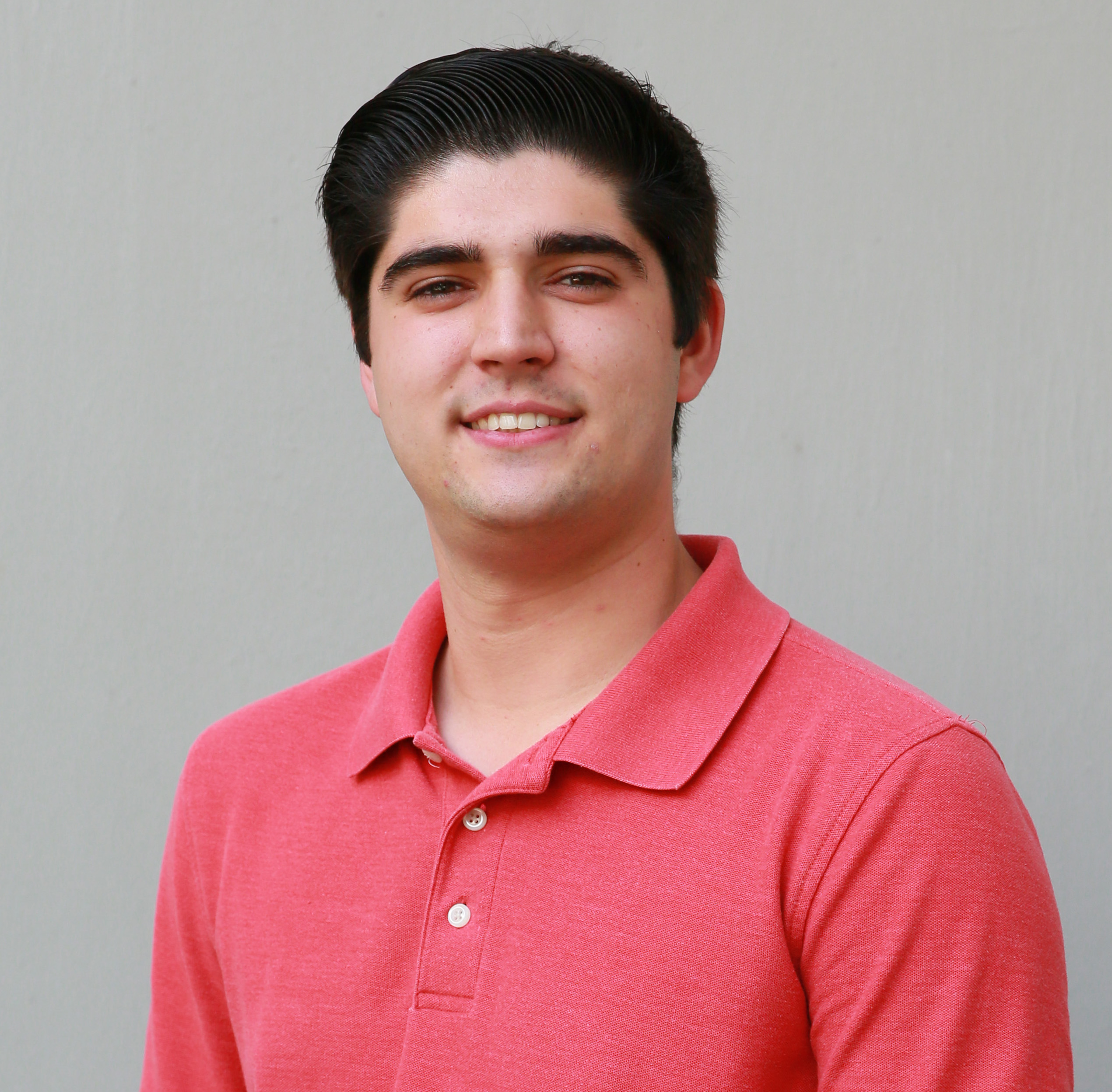About Me
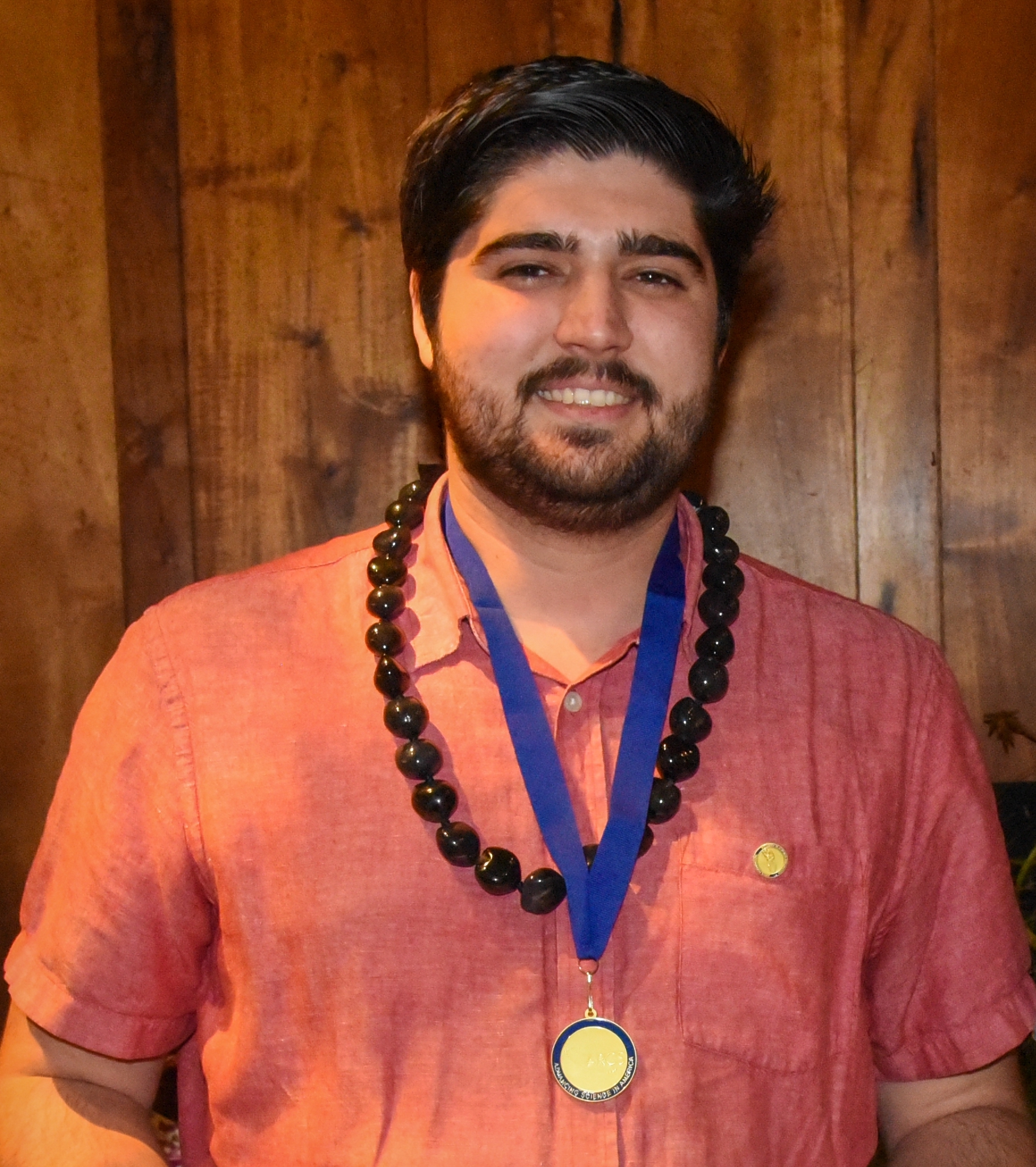
Background
Hello! I am a fifth-year PhD candidate at the Institute for Astronomy (IfA) at the University of Hawai'i at Mānoa.
My research focuses on a range of transients resulting from accretion onto supermassive black holes at the centers of galaxies.
I'm especially interested in multi-wavelength follow-up of optically-selected transient events.
I was born and raised in Maryland and did my undergraduate studies at the University of Maryland, College Park.
After graduation in 2019, I moved to the University of Hawai'i to begin graduate school. In addition to astronomy I enjoy
musicals, sports, and spending time with my cat Cookie!
Education
M.S. Astronomy 2021, Institute for Astronomy, University of Hawai'i at Mānoa,
Honolulu, HI
B.S. Astronomy with High Honors 2019, University of Maryland, College Park, MD
B.S. Physics with High Honors 2019, University of Maryland, College Park, MD
Research Interests
My primary research interests lie in observational astrophysics, with a particular focus on transient astronomy including tidal disruption events,
active galactic nucleus flares, active galactic nucleus variability, and transient host galaxies. I am also interested in a number of other time domain projects
such as stellar flares.
Research
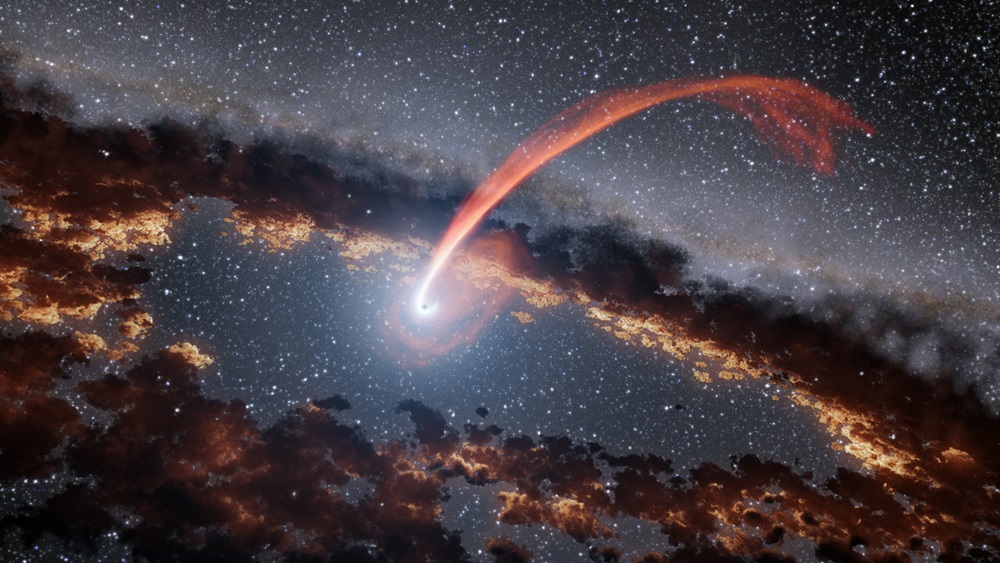
Tidal Disruption Events
A tidal disruption event (TDE) occurs when a star is ripped apart by a supermassive black hole.
Once a theoretical concept, we are now discovered tens of new TDEs per year thanks to the growth of transient sky surveys
like the All-Sky Automated Survey for Supernovae (ASAS-SN), the Asteroid Terrestrial Impact Last Alert System (ATLAS),
the Panoramic Survey Telescope and Rapid Response System (Pan-STARRS), and the Zwicky Transient Facility (ZTF).
TDEs are promising probes of black holes, as information on properties like black hole mass and spin are imprinted on TDE observables.
Nevertheless, there are still large gaps in our understanding of the physics behind TDE emission. I am interested in better understanding
the physics behind TDEs both through detailed studies of nearby events and by building robust samples with which we can search for correlations.
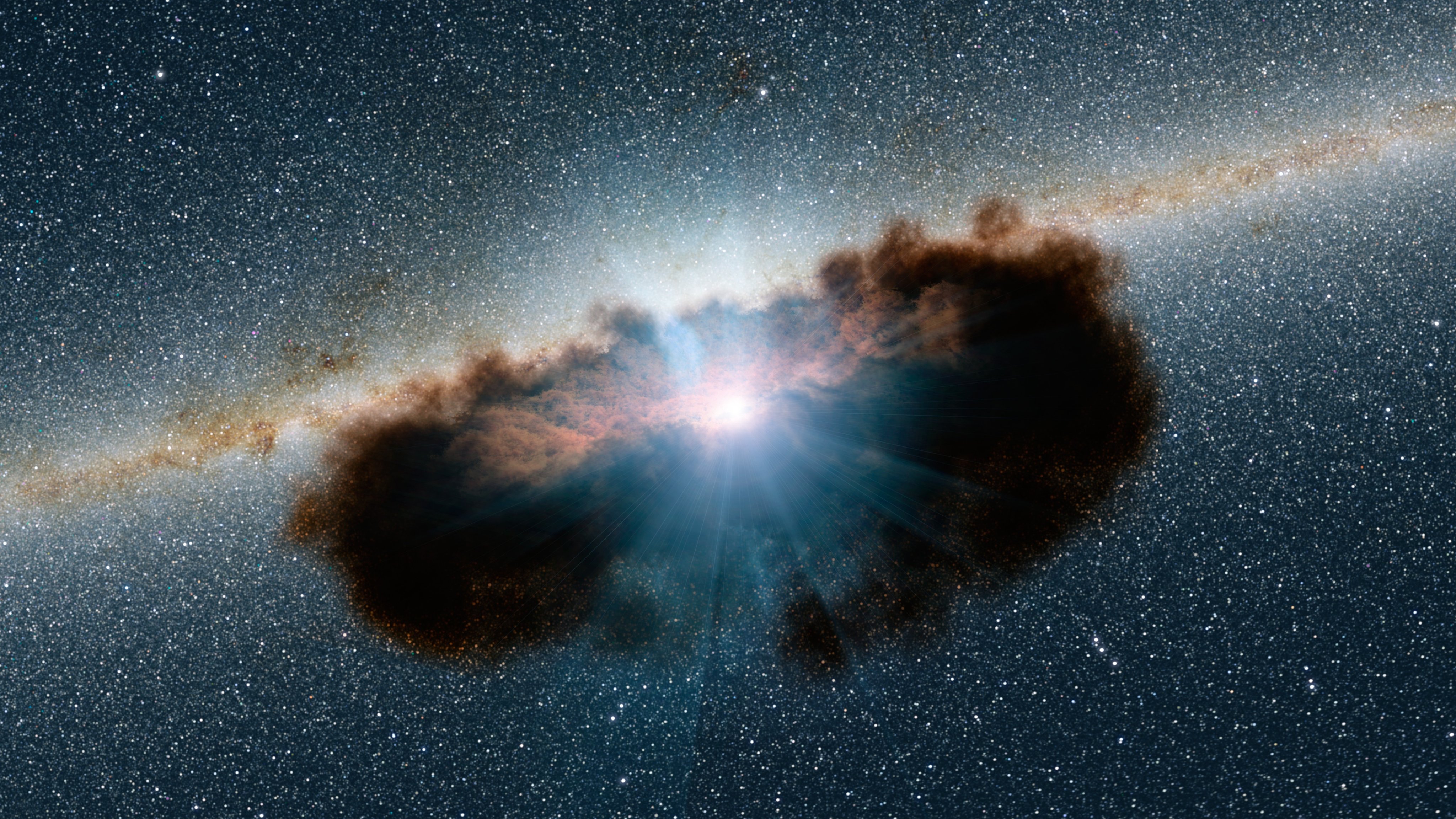
Active Galactic Nucleus Variability
Active galactic nuclei (AGN) are the actively accreting supermassive black holes at the centers of roughly 10% of galaxies
in the local universe. Normally they vary in a stochastic manner, but sometimes they exhibit large flares. In many cases these
photometric flares are accompanied by changes in their optical spectra. It remains unclear how these flares originate,
but they nevertheless represent a unique probe of extreme accretion environments.
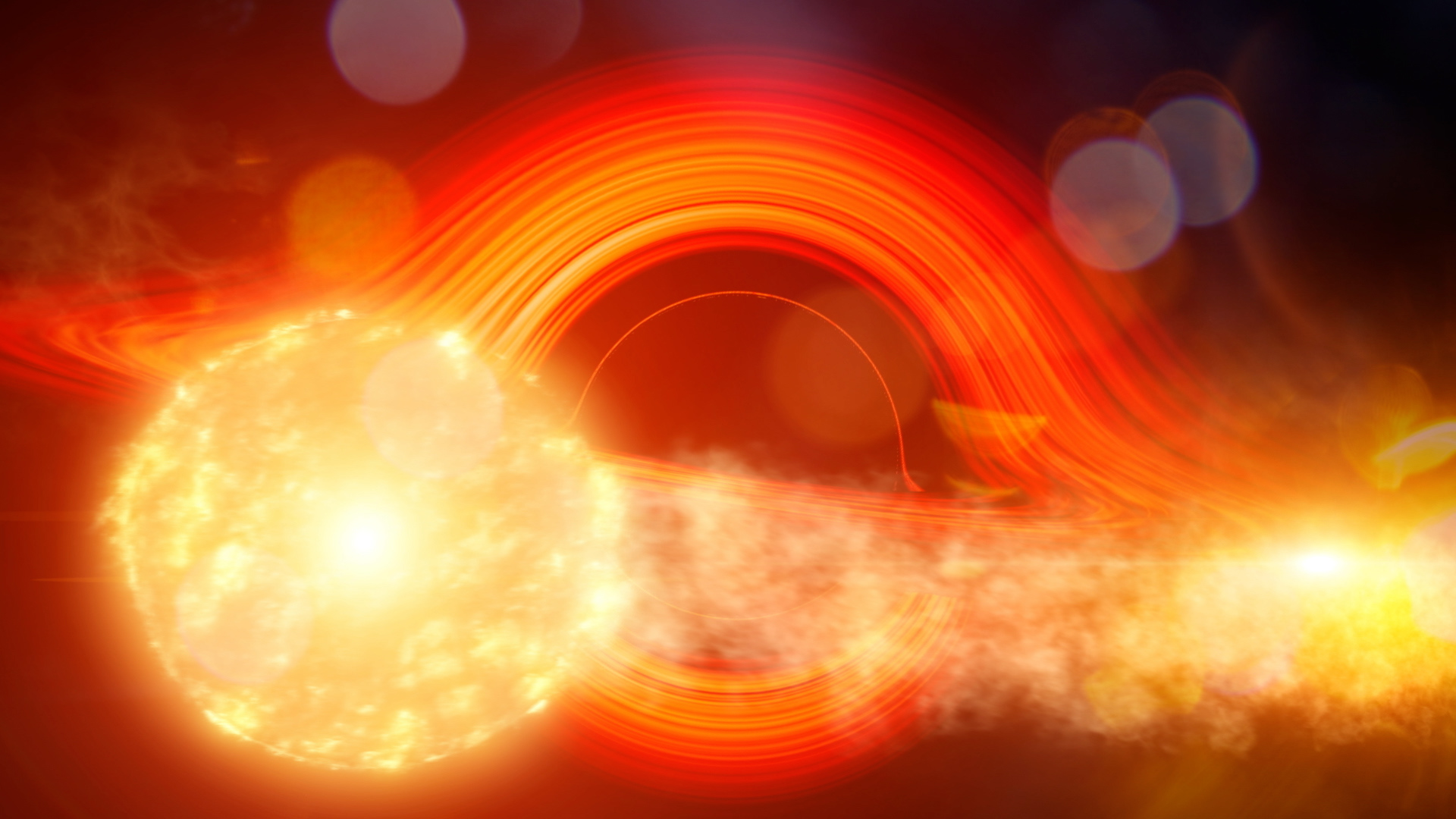
Ambiguous Nuclear Transients
Some transients do not look like either AGN flares or TDEs. We've nicknamed such transients ambiguous nuclear transients, or ANTs.
These events seem to share some characteristics of TDEs (similar UV/optical evolution, blue optical spectra) but also have similarites
to AGNs (power-law X-ray emission, massive black holes). One possiblility is that many ANTs are simply transients like TDEs or supernovae
occuring in an AGN host galaxy. However, the study of ANTs is still in the early stages and the universe continues to surprise us with
new objects that are increasingly hard to reconcile with a single physical model.
Mentoring
I am passionate about mentoring students, and have been lucky to co-mentor several excellent research experience for undergraduates (REU)
students with my advisor Ben Shappee. Below are short descriptions of the various projects I've helped advise.
Jesse Zeldes - Superflaring M-dwarfs with K2 and TESS
Jesse's project focused on low-mass stars that were observed to undergo a very energetic flare in ASAS-SN data.
Jesse used high-cadence and high-precision K2
and TESS data to compare the flare-frequency distributions (i.e. how often
a flare of a given energy occurs) to broader samples. See Jesse's paper here.
Helena (Lena) Treiber - Selecting AGNs From TESS Variability
Lena's project focused selecting active galactic nuclei (AGNs) based on their stochastic variability. Lena used
TESS data to search for AGNs, particularly those with low black hole masses.
She succeeded in finding several new candidate AGNs and we learned several valuable lessons about using TESS to search for
variable sources. See Lena's paper here.
Vera Berger - Stellar Flares with GALEX
Vera's project focused on studying the UV emission from stellar flares. Vera used GALEX
data to search for and characterize flares on a sample of nearby stars.
Michael Bolish - AGN Variability with ASAS-SN
Michael's project focused on studying the variability properties of well-measured AGNs using ASAS-SN survey data.
Ashley Tarrant - AGN Variability with ASAS-SN
Ashley's project focuses on studying the variability properties of well-measured AGNs using ASAS-SN survey data. She is currently
using damped-random walk modeling to understand the correlation between the variability timescale of an AGN and its central
supermassive black hole mass.
Contact
Address: 2680 Woodlawn Drive, Honolulu, HI 96822
Email: jhinkle6@hawaii.edu

